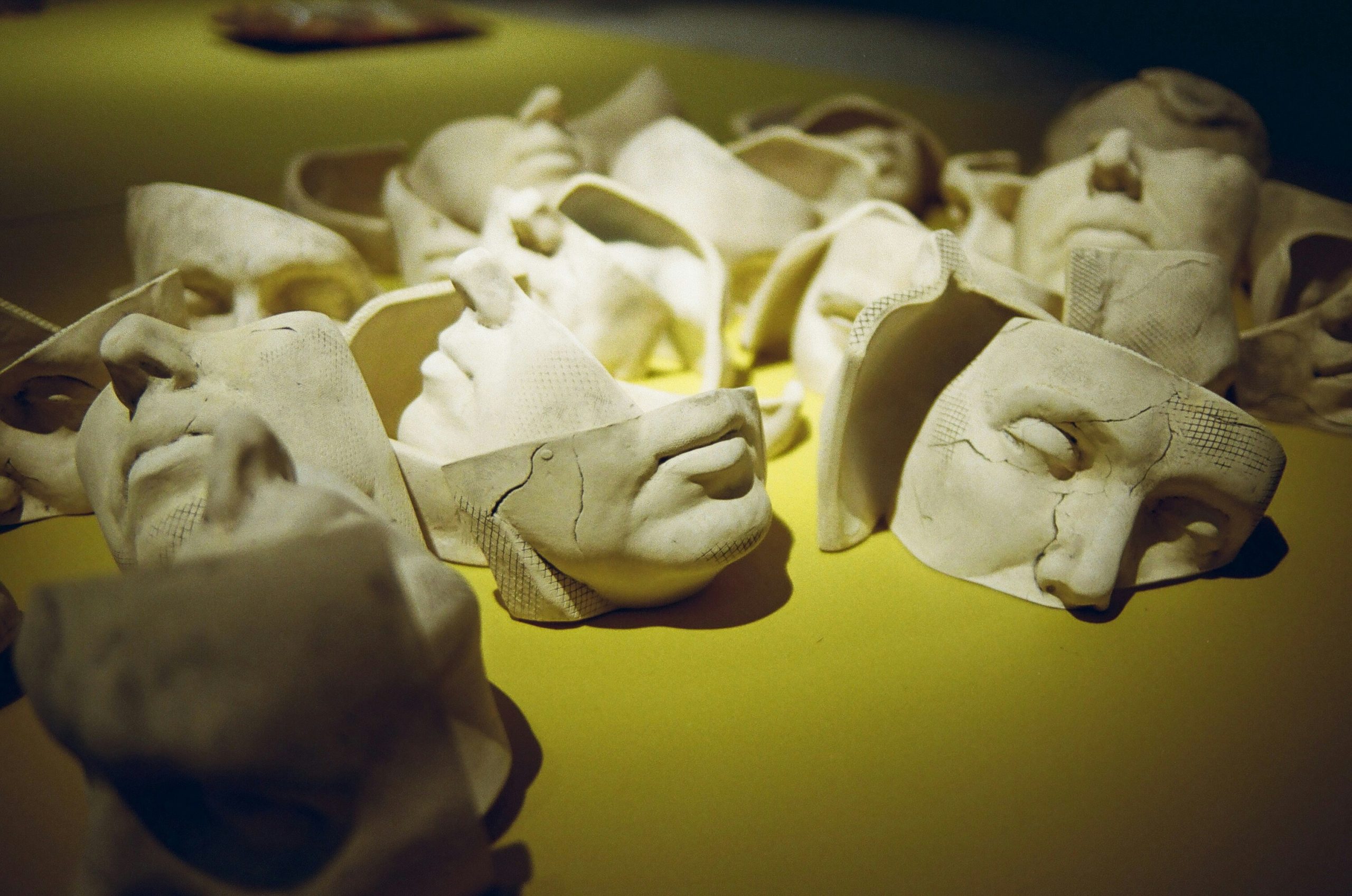Fall festivals are a vibrant tapestry of color, community, and celebration that schools across the globe eagerly anticipate each year. They are not just events; they are a celebration of the season’s change, a showcase of creativity, and a gathering that strengthens bonds within the community. Integrating a DIY fall festival mask project into these events offers a unique opportunity to blend artistic expression with cultural appreciation. This project not only adds a personal touch to the festivities but also allows students to explore their creativity, develop new skills, and gain a deeper understanding of the season’s cultural significance. Through the lens of art, students can express themselves, tell stories, and contribute to the festival’s communal spirit, making the event even more memorable and meaningful.
The Importance of Art in Education
Art plays a pivotal role in education, enriching students’ learning experiences and fostering a diverse range of skills. From painting to mask-making, the arts provide a unique platform for expression, innovation, and critical thinking. Engaging in art projects like creating DIY fall festival masks allows students to explore concepts of design, culture, and self-expression in a hands-on manner. Moreover, the benefits of integrating art into education extend beyond the canvas or mask; it can lead to improved academic performance, enhanced communication skills, and increased emotional resilience. For instance, students who might feel overwhelmed by traditional assignments could find solace and success in the freedom art provides. It’s a reminder that education isn’t a one-size-fits-all experience. In some cases, students might even explore avenues to pay to write research paper on topics that interest them deeply, such as the cultural significance of festivals around the world, thereby integrating their artistic projects with academic research. This holistic approach to learning cultivates a well-rounded, creative, and critically thinking individual.

Planning Your DIY Mask Project
The success of any art project lies in thoughtful planning and preparation. When integrating a DIY mask-making project into your school’s fall festival, consider the scope and scale to ensure it complements the event seamlessly. Begin by selecting a suitable time frame, ideally one that allows students ample time to brainstorm, design, and create their masks without feeling rushed. Next, gather your materials, keeping sustainability and accessibility in mind. It’s essential to choose items that are safe, easy to work with, and reflective of the project’s creative goals. Involving the community can also enrich the project; local artists, parents, and community members can offer workshops or donate materials. Engaging students in the planning process is crucial. It empowers them, fuels their creativity, and ensures the project resonates with their interests and talents. By making planning a collaborative effort, the mask-making project becomes more than an art activity—it becomes a lesson in teamwork, responsibility, and community building.
Choosing Your Materials
Selecting the right materials is a critical step in bringing your DIY fall festival masks to life. The variety of materials available means you can tailor your project to fit any theme or complexity level. Common materials include paper plates, cardstock, fabric, feathers, beads, and eco-friendly paints. For a more sustainable approach, encourage the use of recycled items like old newspapers, fabric scraps, or natural elements like leaves and twigs. This not only promotes environmental awareness but also pushes students to think creatively about the resources at their disposal. Remember, the goal is to make the project as inclusive and accessible as possible. Ensure the materials chosen are safe for student use, considering allergies and age-appropriate tools. Providing a diverse range of materials also allows students with different skills and interests to participate fully, ensuring everyone can contribute to creating a unique and personal mask that they’re proud to display at the fall festival.
Design Inspiration and Cultural Significance
As the leaves change color and the air grows crisp, fall festivals offer a perfect backdrop for exploring cultural traditions through art. When designing fall festival masks, draw inspiration from the season’s themes—harvest, change, renewal, and gratitude. Encourage students to research fall celebrations around the world, such as Mexico’s Day of the Dead, America’s Thanksgiving, or the Mid-Autumn Festival in various Asian countries. This exploration not only broadens their understanding of global cultures but also enriches their design ideas. It’s vital, however, to approach these inspirations with respect and sensitivity. Educators can guide students in understanding the significance of these traditions, ensuring that their mask designs honor rather than appropriate cultural symbols. By embracing a wide array of cultural inspirations, students learn the value of diversity and the beauty of expressing it through their creative work.
The Mask-Making Process: A Step-by-Step Guide
Creating a fall festival mask can be a journey of imagination and craftsmanship. Begin with a brainstorming session, encouraging students to sketch their ideas, considering the colors, shapes, and themes that resonate with the fall season. Following this, introduce a basic step-by-step process tailored to their design:
- Base Construction: Choose the base material for the mask. This could be a pre-made mask form, a paper plate, or cardstock shaped to fit the face.
- Design Application: Transfer the sketch design onto the base using pencils or markers. This step helps visualize the final product and guides the decoration process.
- Decoration: Embellish the mask with chosen materials. Glue on fabric, feathers, and beads, or use paints and markers to bring the design to life.
- Finishing Touches: Add strings, elastic bands, or sticks to hold the mask. Ensure it’s comfortable and secure for the wearer.
Encourage personalization and creativity, reminding students that the process is as important as the final product. Celebrate every unique idea and creative solution, fostering an environment where artistic expression thrives.
Integrating Masks into the School Event
Once the masks are completed, integrating them into the fall festival can turn the school event into a vibrant showcase of student creativity. Organize a mask parade where students can proudly display their work, weaving through classrooms or around the school grounds. Alternatively, set up an exhibition space where masks are displayed alongside descriptions of the inspiration and process behind them. This not only celebrates the students’ hard work but also educates the wider community about the cultural themes explored. Consider incorporating the masks into performances or plays, adding a theatrical element to the festival. Documenting the event through photos or videos is also essential, creating a lasting memory of the students’ artistic achievements and the collective celebration of fall traditions.
Conclusion
As the leaves settle and the fall festival comes to a close, the journey of creating DIY fall festival masks leaves a lasting impression on students and the school community. This project not only celebrates the season’s change but also deepens understanding of cultural traditions, nurtures creativity, and fosters a sense of accomplishment. Projects like these highlight the importance of integrating art into education, providing valuable lessons in teamwork, cultural sensitivity, and creative expression. As students move forward, the skills and experiences gained from such projects can be a stepping stone to further creative endeavors or even academic pursuits, like seeking assistance from the best scholarship essay writing service for college applications. Embracing creativity and inclusivity in educational activities enriches the learning experience, preparing students not just academically but also as thoughtful, imaginative individuals ready to explore the world’s tapestry of cultures and ideas.
Comments
0 comments


